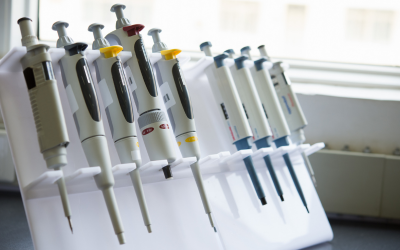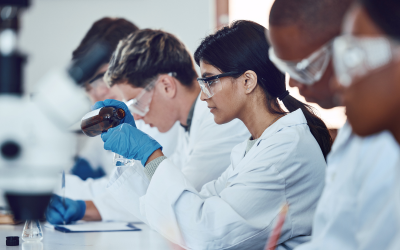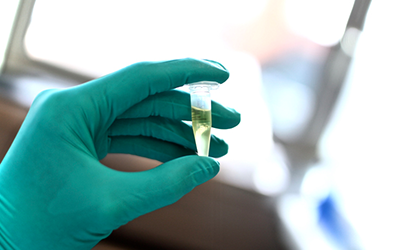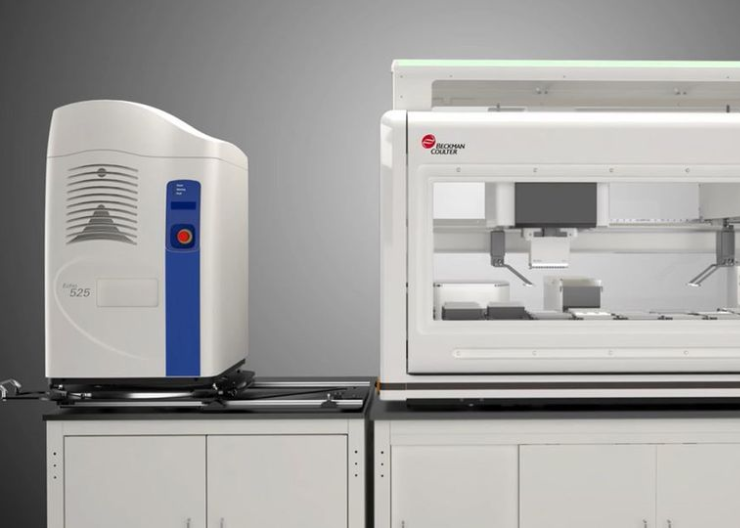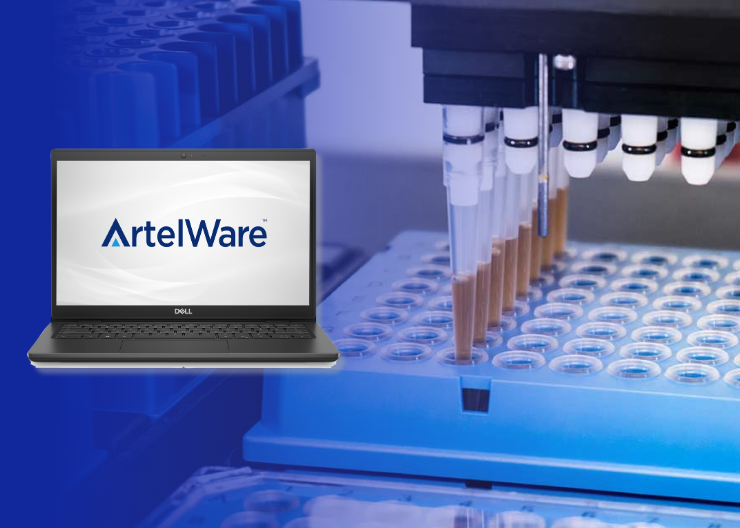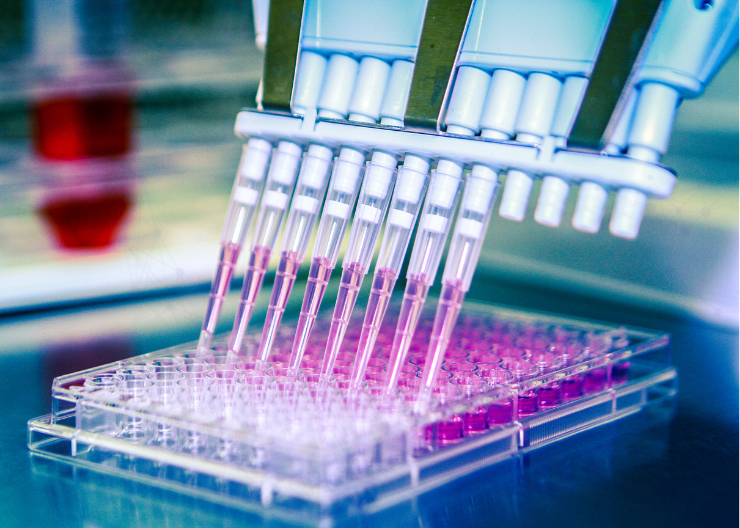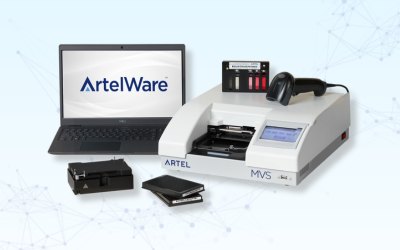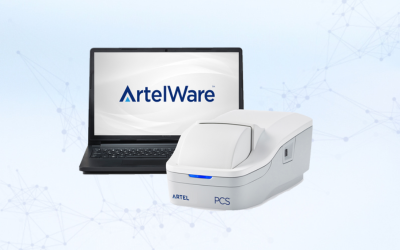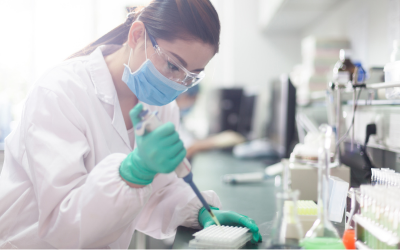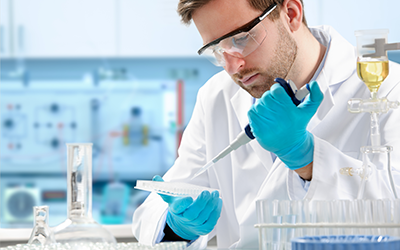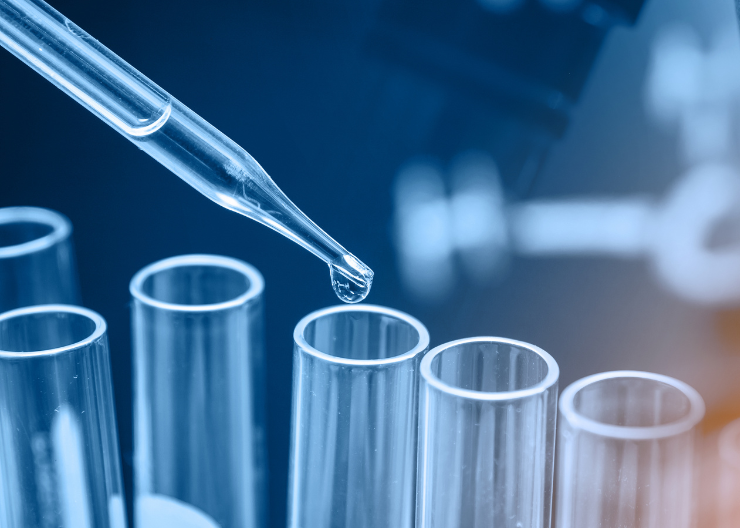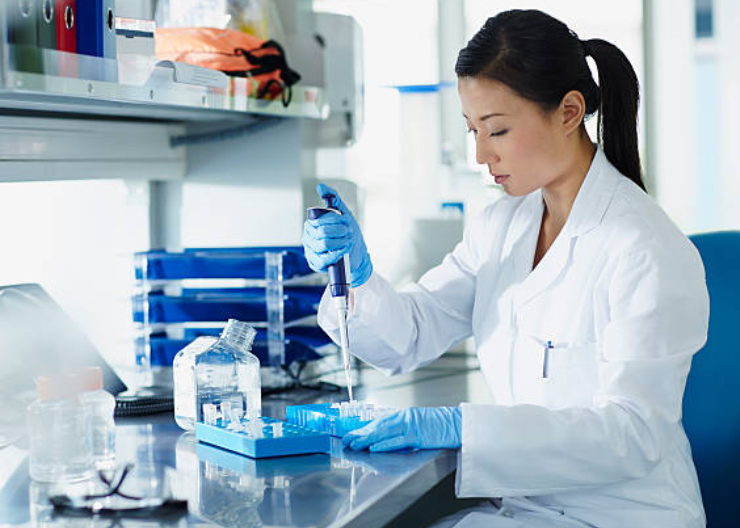How Do You Know 1 Liter is 1 Liter?
How do you know that when you measure 1 gram of something such as NaCl, you’ll get the same amount of salt as someone else who is also weighing 1 gram of NaCl? Or that one liter of gas delivered by a metered pump into a car in Mexico City is the same one liter volume that was part of a shipment placed into an oil tanker in New Orleans?
You know because an 1875 treaty makes it so.
On the surface, it may seem like a mundane problem—ensuring that two measurements, made by different people using different instruments, are the same. But when not only commerce but lives depend on accurate measurement, such as in drug discovery and development or food safety, the problem becomes more critical and complicated.
Which is why representatives from seventeen nations got together in Paris back in 1875, and signed a treaty organizing how countries could work together to ensure measurement uniformity and concordance. This treaty—amended slightly in 1921 and expanded to presently include fifty-five member countries—not only provides assurances that measurements across borders are the same, but also ensures that measurements within a country are the same –within certain pre-defined acceptable tolerances.
All Roads First Led to Paris
The main concept at the heart of the treaty is one of connection, although it’s commonly referred to in the industry as traceability. The story begins with the one meter (or metre) platinum bar housed in Paris that defined the length of the meter. To ensure that one meter is the same everywhere, a system of certifications was put in place so that anyone doing a measurement of length could follow a chain of connections that ultimately led to the one-meter bar in Paris. It looks something like this:
- My meter stick is accurate because it was compared to the meter stick at a local calibration laboratory
- Which in turn is accurate because it was compared to the meter stick at a primary standards laboratory
- Which in turn is accurate because it was compared to the meter stick at the national standards body
- Which in turn is accurate because it was compared to the meter stick in Paris, to which everyone calibrates their meter sticks.
This system of connection and traceability back to a single accurate measurement standard is part of what ensures measurement uniformity. These days, however, most measurements are traced back to universal physical constants (for instance the speed of light which together with the vibration frequency of an atom of Cesium 133 defines the length of a meter) rather than physical objects such as the one meter bar in Paris. The lone exception is the definition of mass, which is still traced back to a physical artifact, the “prototype” kilogram in Paris. Effective in 2018 all base quantities will be traceable to universal physical constants.
It’s Not Just What You Measure but How You Measure
Beyond comparison to a uniform measurement standard, in the years after the treaty there was growing recognition that how you make your measurements is also critical to achieving measurement uniformity. This recognition led to the development of documentary standards which provide technical information covering the range of factors which contribute to measurement traceability
And thus, ISO, the International Standards Organization, came to be, in London in 1946. Now with members from over 163 countries, ISO produces documentary standards for many products and services. Among these are standards on how to know that you have a good system for ensuring measurement quality—including how to ensure proper training of people making measurements, as well as which type of instrument is appropriate for making the measurements.
Connecting ISO and Traceability
The connection between ISO documentary standards and measurement traceability lies in what happens at each step of the traceability chain. Is each link of the chain strong and unbroken, all the way back to the national standards body (e.g., the National Institute of Standards and Technology- NIST, for those in the US)? Are the appropriate measuring instruments at each step used and calibrated correctly? (In this context any comparison between measuring instruments and measurement standards is considered a calibration, regardless of whether the instruments are actually adjusted.) If we can answer “yes”, then we have the happy situation wherein calibration, traceability and compliance with quality standards all work together to keep everyone’s measurements marching in step.
ISO Standards and the Life Science Industry in a Nutshell
There are three ISO documentary standards that are particularly relevant to the life science industry:
- ISO 17025:2005—This standard sets out general requirements for ensuring your processes for making measurements are of high quality, leading to accurate and precise readings (Clause 4) as well as general guidelines for ensuring the proper training of people taking measurements (Clause 5). This standard does not dictate acceptable tolerances, but rather helps labs create quality processes by highlighting important factors for making quality measurements, and for training people to take quality measurements.
- ISO 15189:2012—This standard translates ISO 17025:2005 into language which is more specific for medical testing laboratories to better ensure processes for quality measurements and training in these critical applications.
- ISO 15195—This standard translates ISO 17025 into language specific for medical reference labs which conduct the longer, more complex and accurate tests that are of the highest metrological order and provide traceability to the best available standards.
Key Technical Elements within ISO 17025
This standard is becoming more and more newsworthy, so let’s review it in a little more depth. Within ISO 17025, clause 5.1.2 mentions essential factors included in the standard, directing laboratories to “take account of these factors in developing test and calibration methods and procedures, in the training and qualification of personnel and in the selection and calibration of the equipment it uses.” In other words – good laboratory practices, regardless of the particular standard or quality system, require you to consider these nine key technical elements:
- Human factors (clause 5.2) requires laboratory management to ensure the competence of all personnel who operate specific equipment, perform tests and/or calibrations, evaluate results and sign test reports and calibration certificates.
- Accommodation and environmental conditions (clause 5.3) focuses on the characteristics of laboratory facilities, including energy sources, lighting and environmental conditions necessary for correct performance of the tests and/or calibrations.
- Test and calibration methods and method validation (clause 5.4) addresses methods and procedures followed by the laboratory for all test and/or calibrations within the scope of laboratory operation.
- Equipment (clause 5.5) discusses all items of sampling, measurement and test equipment required for the correct performance of the tests and/or calibrations, which are to be furnished to a laboratory.
- Measurement traceability (clause 5.6) refers to the calibration of all equipment used for tests and/or calibrations, including equipment for subsidiary measurements, which have a significant effect on the accuracy or validity of the result of the test, calibration or sampling.
- Sampling (clause 5.7) covers sampling plan and procedures for sampling of substances, materials or products for subsequent testing or calibration. The sampling plan and procedure shall be available at the laboratory where sampling is undertaken.
- Handling of tests and calibration items (clause 5.8) includes procedures for the transportation, receipt, handling, protection, storage, retention and/or disposal of test and/or calibration items.
- Assuring the quality of test and calibration results (clause 5.9) includes requirements to analyze quality control data, have pre-defined criteria, monitor for trends and utilize quality assurance practices such as proficiency testing, inter-laboratory comparisons and replicate testing.
- Reporting the results (clause 5.10) is an extensive section which provides specific details on a range of information which is necessary to proper interpretation of results.
These nine technical elements found in ISO 17025 are also included in some form in the various clauses of ISO 15189 and ISO 15195.
This reference to table is a cross-check, showing where to find the corresponding clauses in ISO 15189 and ISO 15195.
ISO 17025:2005
Clauses
|
ISO 17025:2005 Clause Titles
|
ISO 15189:2012 Clauses
|
ISO 15189:2012 Clause Titles
|
ISO 15195:2003 Clauses
|
ISO 15195:2003 Clause Titles
|
| 1 |
Scope |
1 |
Scope |
1 |
Scope |
| 2 |
Normative references |
2 |
Normative reference |
2 |
Normative references |
| 3 |
Terms and definitions |
3 |
Terms and definitions |
3 |
Terms and definitions |
| 4 |
Management requirements |
4 |
Management requirements |
4 |
Management system requirements |
| 4.1 |
Organization |
4.1 |
Organization and management responsibility |
4.1 |
Organization and management |
| 4.1.5 |
Organization |
4.1 |
Organization and management responsibility |
4.3 |
Personnel |
| 4.2 |
Management system |
4.2 |
Quality management system |
4.2 |
Quality management system |
| 4.3 |
Document control |
4.3 |
Document control |
4.4 |
Measurement documentation and records |
| 4.4 |
Review of requests, tender and contracts |
4.4 |
Service agreements |
4.5 |
Contracting |
| 4.5 |
Sub-contracting of tests and calibrations |
4.5 |
Examination by referral laboratories |
4.5 |
Contracting |
| 4.6 |
Purchasing services and supplies |
4.6 |
External services and supplies |
4.5 |
Contracting |
| 4.7 |
Service to the customer |
4.7 |
Advisory services |
—- |
—- |
| 4.8 |
Complaints |
4.8 |
Resolution of complaints |
—- |
—- |
| 4.9 |
Control of nonconforming testing and/or calibration work |
4.9 |
Identification and control of nonconformities |
—- |
—- |
| 4.1 |
Improvement |
4.12 |
Continual improvement |
—- |
—- |
| 4.11 |
Corrective action |
4.1 |
Corrective action |
—- |
—- |
| 4.12 |
Preventive action |
4.11 |
Preventive action |
—- |
—- |
| 4.13 |
Control of records |
4.13 |
Control of records |
—- |
—- |
| 4.14 |
Internal audits |
4.14 |
Evaluation and audits |
—- |
—- |
| 4.15 |
Management reviews |
4.15 |
Management review |
—- |
—- |
| 5 |
Technical requirements |
5 |
Technical requirements |
5 |
Technical requirements |
| 5.1 |
General |
—- |
—- |
5.1 |
Premises and environmental conditions |
| 5.2 |
Personnel |
5.1 |
Personnel |
4.3 |
Personnel |
| 5.3 |
Accommodation and environmental conditions |
5.2 |
Accommodation and environmental conditions |
5.1 |
Premises and environmental conditions |
| 5.4 |
Test and calibration methods and method validation |
5.5 |
Examination processes |
5.5 |
Reference measurement procedures |
| 5.4.6 |
Estimation of uncertainty of measurement |
—- |
5.6 |
Metrological traceability ? Uncertainty of measurement |
| 5.5 |
Equipment |
5.3 |
Laboratory equipment, reagents, and consumables |
5.3 |
Equipment |
| 5.6 |
Measurement of traceablity |
5.3.1.4 |
Equipment calibration and metrological traceability |
5.6 |
Metrological traceability ? Uncertainty of measurement |
| 5.6.1 |
General |
|
—- |
5.3 |
Equipment |
| 5.6.2.1 |
Specific requirements |
—- |
5.3 |
Equipment |
| 5.6.3 |
Reference standards and reference materials |
—- |
5.4 |
Reference materials |
| 5.7 |
Sampling |
5.4 |
Pre-examination processes |
—- |
—- |
| 5.8 |
Handling of test and calibration items |
—- |
—- |
5.2 |
Handling of samples |
| 5.9 |
Assuring the quality of test and calibration results |
5.6 |
Ensuring the quality of examination results |
5.7 |
Quality Assurance |
| 5.1 |
Reporting the results |
5.7 |
Post-examination process |
5.8 |
Reporting results |
| 5.1 |
Reporting the results |
5.8 |
Reporting of results |
—- |
—- |
| 5.1 |
Reporting the results |
5.9 |
Release of results |
—- |
—- |
| —- |
—- |
5.1 |
Laboratory information management |
—- |
—- |


